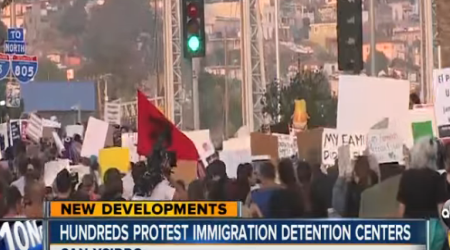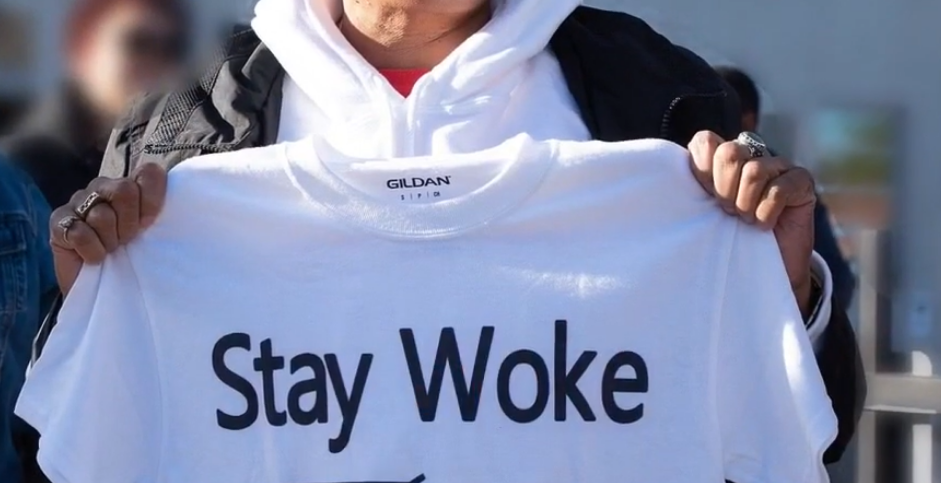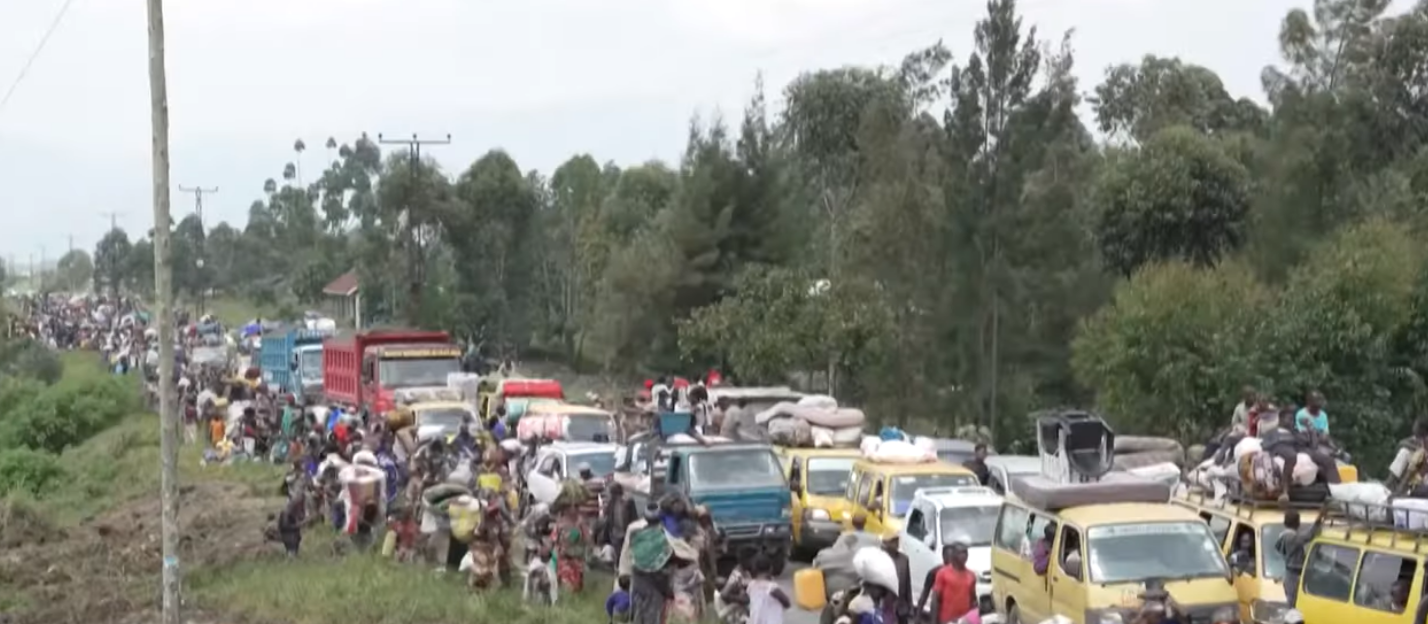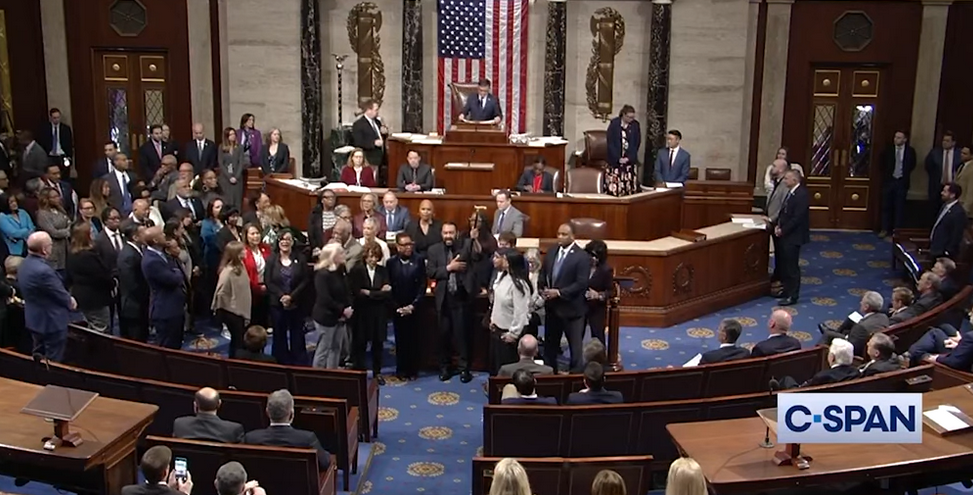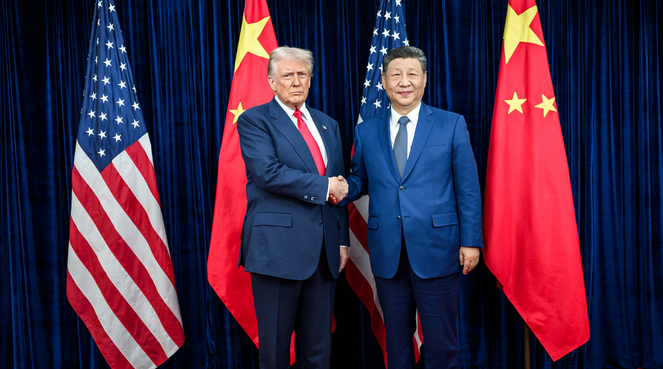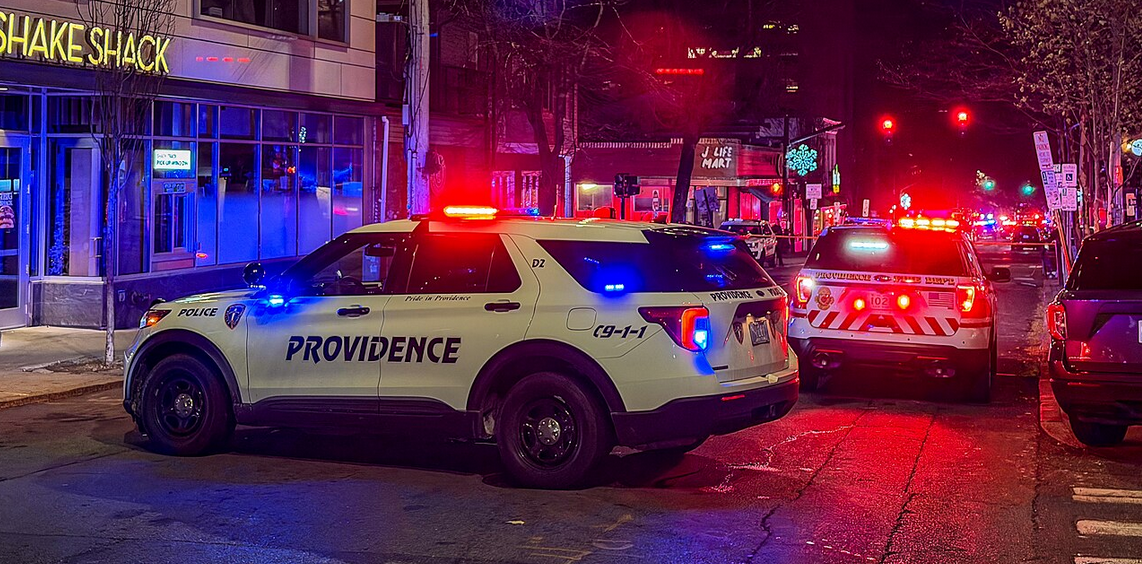[Demonstrating for Social Justice\COVID-19]
Glick: “Some issues demand that we be out there visibly demonstrating, safely and at an appropriate social distance.”
Photo: YouTube
What are the appropriate ways of engaging in public protests during COVID-19 pandemic?
Two times in the last week, last Sunday and yesterday, I have taken part in public outside demonstrations in northern New Jersey, an area which is right now one of the most impacted COVID-19 locations in the country.
I have done so even though I believe strongly that, during these pandemic times, it is essential to wash your hands often, observe social distancing, stay at home as much as possible, take Vitamin C and other vitamins and eat well to strengthen immune systems, etc.
What were these two demonstrations?
Both were in support of immigrants held by ICE (Immigration and Customs Enforcement) in close quarters in detention centers, one in Bergen County and one in Hudson County. And both were “car demonstrations,” people arriving in cars to an open parking lot area, getting organized via standing outside at appropriate 6 feet or more apart distances, the main organizers speaking loudly to give directions and instructions, giving people the coordinates to join a Whats App channel for communication purposes, and then everyone getting into their cars and heading out of the parking lot. Many of them had homemade signs taped on the sides, back or front about the issue, like Free All Detainees, Stop ICE Detentions and Deportations and Release Them Now.
In both cases, the car caravans, one of about 30 cars and another of about 70, circled and passed the jails where prisoners were being held, where some were on hunger strike and some had the COVID-19 virus. Everyone put on their flashing lights and honked horns whenever we were passing the detention centers so that people inside would know we were there.
In both cases, there were mainstream media and movement media people out of their cars taking pictures and video from a safe distance.
And in both cases, there were police on the scene who made no efforts to stop us or order us to leave. At yesterday’s Bergen County event a couple of them saw us as we were gathering in the back of a Costco parking lot, came over, talked to us at a safe distance, and after the organizers explained the plan, made no effort to stop us. This was true even though Bergen County is right now one of the counties in the New York/New Jersey area with a very high number of COVID-19 cases and people in hospitals.
It is important to demonstrate publicly and visibly on critical issues! Like everyone else, much of my political (and other) work these days is done via phone and zoom conference calls, texting, internet and social media. I helped to organize a virtual rally via zoom on the issue of fossil fuel divestment on Wednesday that was well-attended and successful.
But the fact is that movements for social change need to be on-the-street visible if they are going to grow and be effective, and I would say that these car demonstrations, done correctly, are a way we can do so for the next months until it is safe to go back to our usual demonstrating and direct action tactics.
Another way that seems safe to me that I haven’t done yet would be for a group of people to organize into two-person teams, each making and holding a banner at least six feet long with the appropriate messaging. These teams could stand along a busy street or highway at intervals of 50 or more feet, or they could spread around a number of blocks of an area appropriate to the issue. For example, at the two-car demonstrations I was part of, there could have been several of these two-person teams holding banners in front of the detention centers.
I expect that some people will have problems with one or both of these tactics right now. I understand and appreciate that. But based upon these two experiences, I have little question but that they are pandemic-appropriate, if well organized. Like anything, if not done well, they could be problematic, but it seems to me that there are issues that just can’t wait for the months that it may be before the pandemic is defeated. Some issues demand that we be out there visibly demonstrating, safely and at an appropriate social distance.
Ted Glick is the author of the forthcoming Burglar for Peace: Lessons Learned in Catholic Left Resistance to the Vietnam War. Past writings and other information can be found at https://tedglick.com, and he can be followed on Twitter at https://twitter.com/jtglick.
